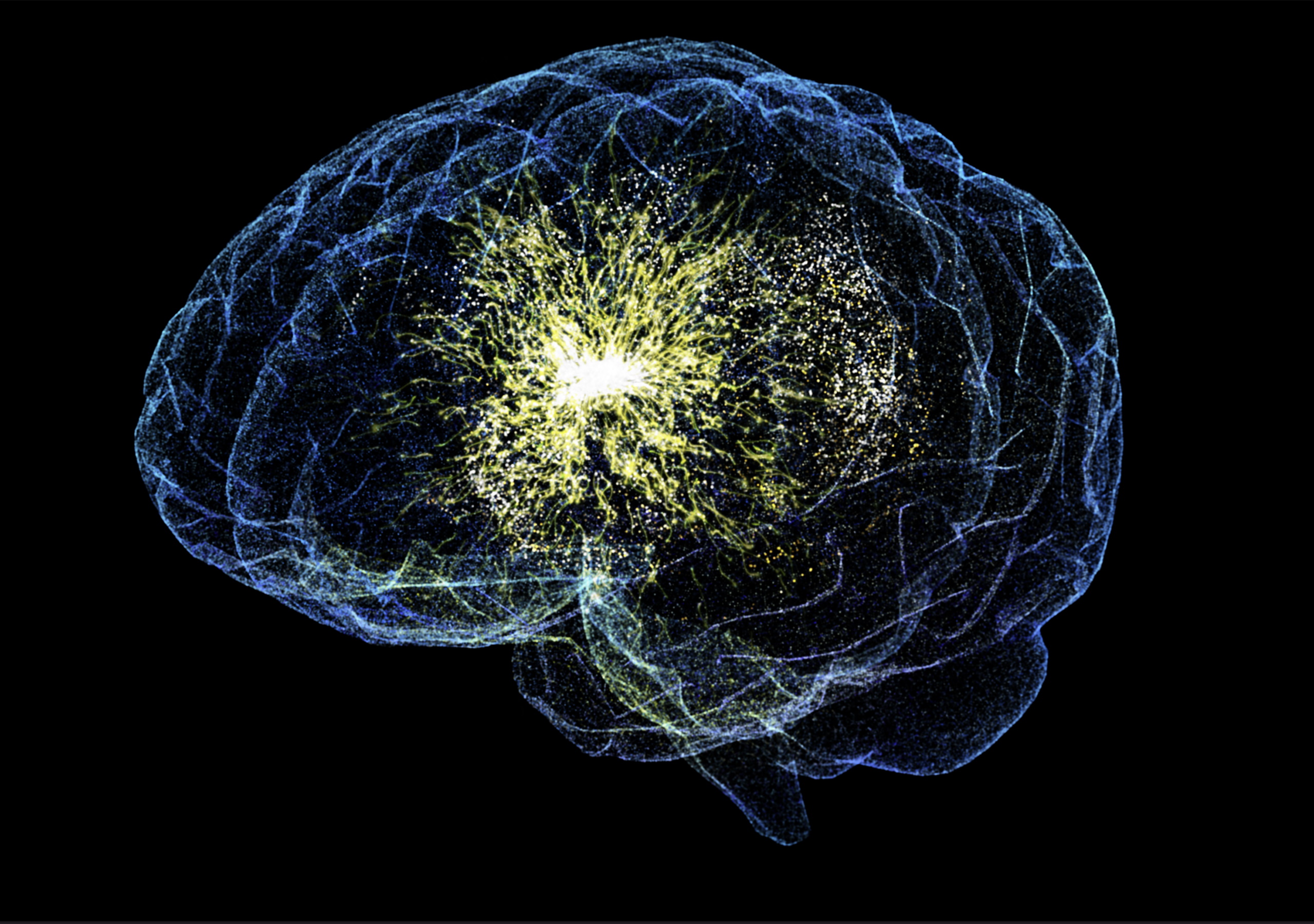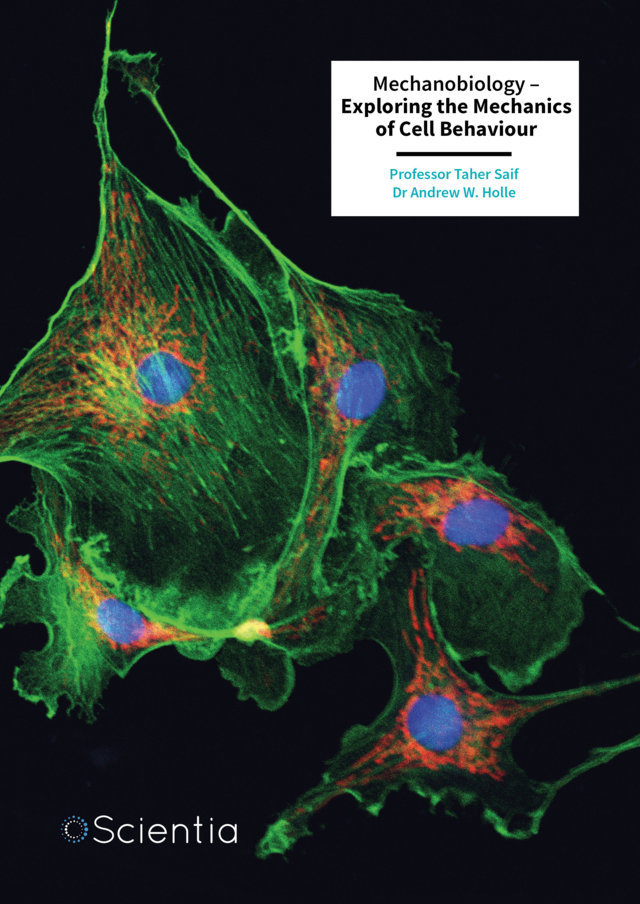In 2009, astronomers detected a mysterious source of high-energy, chargeless particles, which appeared to originate from the very edge of the solar system. Through fresh analysis, Dr Li Lu and colleagues at the Chinese Academy of Sciences have discovered that this distance may be an illusion, created by an effect relating to the solar wind as viewed by the commonly used parallax method. If correct, the team’s theory suggests that the as-yet enigmatic signal could actually originate from a source just beyond Earth’s atmosphere. More
The solar wind is a constant stream of charged particles released from the Sun’s outermost layer, which interacts with the magnetic fields of planets including Earth. In the process, most of these particles are deflected by planetary magnetospheres, while others are trapped in the magnetosphere.
In certain cases, such as charge exchange with background gas, solar wind ions can pick up electrons and become neutral. Since these newly created ‘energetic neutral atoms’ (or ENAs for short) are chargeless, they are no longer influenced by magnetic fields – allowing them to escape freely into interplanetary space.
A similar process plays out at the heliopause: the point where the solar wind is balanced by the magnetic fields carried by stellar winds from other stars, and is widely considered to be the boundary between the solar system and interstellar space.
Currently, the best instrument available for searching for these particles is the single-pixel ENA imager aboard NASA’s IBEX spacecraft, named IBEX-Hi. Since 2008, IBEX-Hi has provided important data on the heliopause and planetary magnetospheres.
However, in 2009, it detected something far more mysterious: a ribbon of ENA emissions which seemed to originate from the edge of the heliopause, but appeared to be about three times brighter than the background ENA signal. To this day, the origins of this signal have continued to puzzle astronomers.
Through their analysis, Dr Li Lu and his colleagues propose that this ENA ribbon likely cannot exist in the heliopause after all. Instead, they propose an alternative explanation for the mysterious signal’s origin: that it might emerge through interactions between ions in the solar wind, and neutral gas just beyond Earth’s atmosphere. If their idea is correct, the measured distance to the signal may actually be an illusion related to how the parallax method is used to measure distances in space.
The team began their study by simulating the conditions which would be required to support the ENA ribbon. Their calculations showed that if the signal really originated from a vast magnetic ‘bubble’, or ‘ENA emission wall’, in the heliopause, it would require a vast and constant flux of solar wind ions to maintain itself.
Yet according to observations from China’s Chang’e missions, solar wind ions only flow intermittently, even when they have only travelled as far as Earth’s orbit – meaning they certainly wouldn’t support the formation of giant magnetic bubbles so far out from the centre of the solar system.
Ultimately, the simulations strongly suggested that the bubble wasn’t there after all. Instead, Lu’s team proposed that the ENA ribbon signal could have originated from a solar wind stream nearby.
The parallax method is widely used by astronomers to measure the distances to nearby astronomical objects. It involves measuring the change in the apparent position of an object at different times of the year, as seen from Earth, compared with distant background stars. If the object is nearby, its position will seem to shift against the background as Earth orbits the Sun.
By using trigonometry, astronomers can measure the distance to the object creating the signal. In this case, however, Dr Lu’s team argues that the parallax method may have created an illusion, placing the ENA ribbon far beyond its actual source.
The team’s idea centres around the geometry of the solar wind and the magnetic field it carries. Due to the Sun’s rotation, the interplanetary magnetic field forms a spiral pattern, with solar wind ions themselves spiralling around its field lines. These ions intersect Earth’s orbit at an angle of around 45 degrees. In 2007, a joint survey by NASA’s ACE and WIND satellites revealed the existence of a solar wind ion diffusion zone in interplanetary space, and when these ions encounter neutral gas evaporating from Earth’s outer atmosphere, they can undergo charge exchange to become ENAs.
The pitch angle of the energetic ions in the solar wind ion diffusion zone are distributed at 45 degrees to the interplanetary magnetic field, forming an ENA emission cone. Since the inner side of this cone aligns with Earth’s orbit, a portion of the ENA emission travels tangentially along Earth’s orbital path.
As a single-pixel detector, IBEX-Hi can only scan for ENAs along a single direction at any one time. To ensure that it can pick up ENAs approaching from any angle, its line of sight constantly rotates about the axis of IBEX’s spin, which points towards the sun. Crucially, this means that at a certain point, any ENAs it detects will have travelled tangentially along Earth’s orbit – the exact same path as some of the particles in the emission cone.
When examined using the parallax method, this emission would appear to be constantly shifting compared with its background – when in reality, it is simply following the Earth as it orbits the sun. In turn, this would create the illusion that the source is much farther away than it really is.
To investigate this idea, Dr Lu’s team ran simulations to see how the ENA emission cone would appear from Earth when measured using the parallax method. As they expected, their simulations derived from the solar wind measurement data of the Chang’e satellite showed that a signal from an emission cone generated just beyond Earth’s atmosphere would appear just as bright as the mysterious ENA ribbon observed by IBEX-Hi.
To validate this theory, Dr Lu’s team proposes that the ENA source would need to be viewed from a different perspective, such as from one of Earth’s Lagrange points: positions in space where the gravitational pull of the Earth and Sun are balanced, offering a stable vantage point for observational instruments. If the team’s theory is correct, the mysterious ENA ribbon should disappear when observed from this new angle.
Currently, there are no active plans to observe ENA emissions from Earth’s Lagrange points, so for now, this theory remains untested. But if Dr Lu and his colleagues are correct, their work could finally provide a solution to a long-standing astronomical mystery.
Ultimately their results serve as a reminder that when observing the universe, some mysteries may be solved simply by rethinking how we measure and interpret the data we collect.







